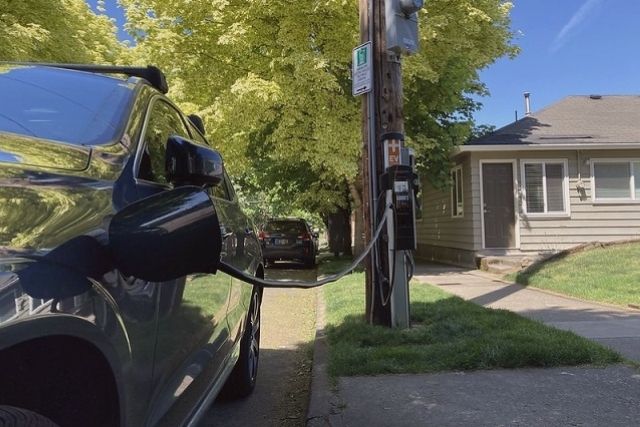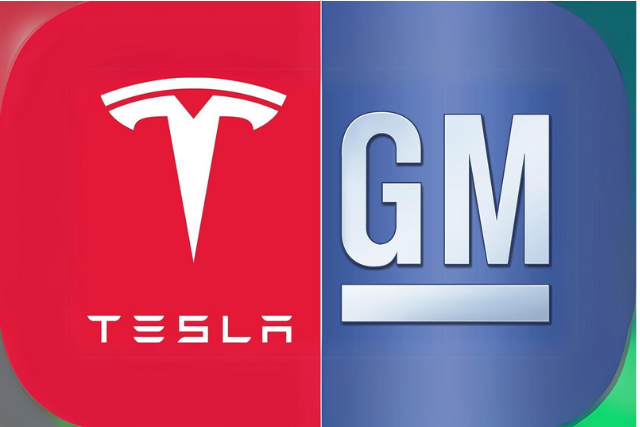Los Angeles is taking a significant step toward electrifying its streets by adding 10,000 EV chargers to its streetlight poles. This ambitious project is part of the city’s broader initiative to enhance urban infrastructure and promote electric vehicle (EV) adoption.
The Los Angeles Bureau of Street Lighting has teamed up with AmpUp and EVSE to implement this innovative solution. The project will see Level 2 chargers integrated into 150 streetlight poles throughout the city. These chargers will feature 25-foot retractable cables installed 10 feet above the ground. This setup is designed to cut installation costs by 70% and minimize issues related to vandalism, damage, or tripping hazards.
Streetlight Charging as Urban Solution
Streetlight EV chargers are particularly beneficial in densely populated cities. They make use of existing infrastructure, preserving valuable sidewalk space and offering apartment residents a convenient charging option. This model aligns with similar efforts in other cities. Seattle announced plans for curbside EV chargers in 2022, while Kansas City and New York City began testing similar concepts in 2021. New York City, in particular, has reported high utilization rates for its charging stations.
Voltpost, a company specializing in streetlight EV chargers, recently showcased its sleek designs, indicating plans to install these chargers in major U.S. cities like New York, Chicago, and Detroit.
Meeting Mayor’s Goals
This expansion is part of the city’s effort to meet a mayoral target of installing 10,000 EV chargers. The initiative also includes upgrading existing streetlight bulbs to brighter, more energy-efficient LEDs, a move that began in 2020. By utilizing existing streetlight infrastructure, the city aims to provide more charging options in urban areas, especially for residents who lack home charging facilities.
Future Prospects
Los Angeles’ project represents a significant step toward a more sustainable and accessible urban charging network. By integrating EV chargers into streetlight infrastructure, the city is setting a precedent for other metropolitan areas looking to expand their EV charging capabilities. As more cities adopt similar approaches, the accessibility and convenience of EV charging will continue to improve, supporting the broader transition to electric transportation.



